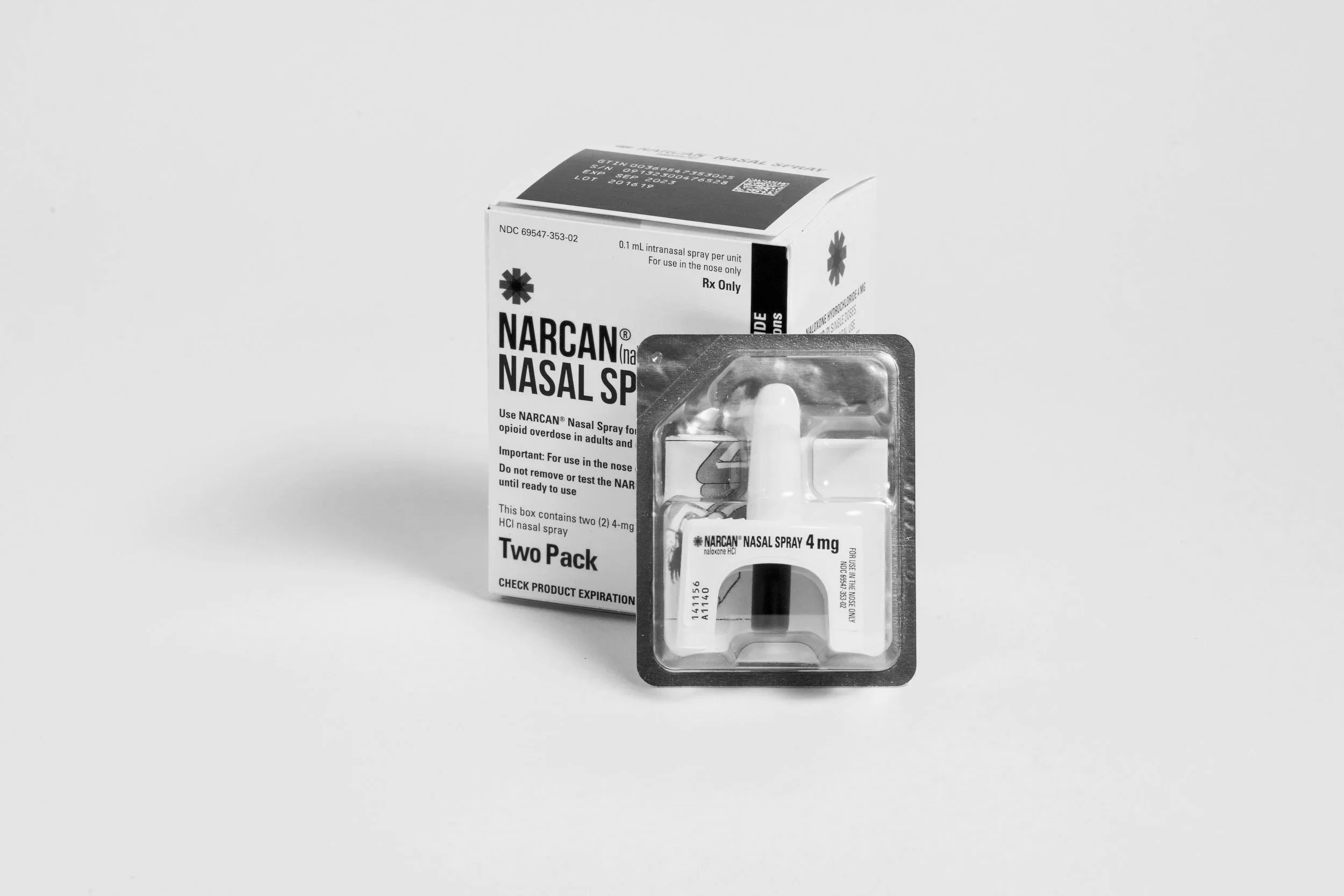Naloxone Saves Lives—What Everyone Should Know About Reversing Opioid Overdose
Introduction
Opioid overdoses once felt inevitable in the thick of the crisis—but there is a proven, accessible antidote that can turn a near-fatal moment into a second chance: naloxone. Widely distributed in communities, carried by first responders, and increasingly placed in the hands of people who use drugs and their loved ones, naloxone is reversing overdoses in real time. Expanding its availability and awareness is one of the most effective harm reduction strategies in the ongoing opioid epidemic. PMCSchool of Public HealthNCBI
What Is Naloxone and How Does It Work?
Naloxone is an opioid antagonist—it instantly binds to the same receptors in the brain that opioids (like fentanyl, heroin, or prescription painkillers) attach to, displacing them and reversing their respiratory-depressing effects. Unlike opioid agonists, naloxone does not produce euphoria and wears off after 30–90 minutes, making immediate follow-up medical care essential. smart.ips.tennessee.eduNCBI
Why Naloxone Distribution Matters
Widespread naloxone availability combined with education about recognizing overdose dramatically reduces death rates. Programs that train laypeople and distribute naloxone have shown:
Overdose reversals increase significantly when naloxone is accessible and training is paired with distribution. PMCBioMed Central
Community-level declines in fatal overdoses correlate with greater naloxone saturation and increasing “witnessed overdoses” where bystanders intervene. School of Public Health
Regions with proactive distribution policies (including low-threshold access and refill support) see sustained reductions in opioid mortality. jsatjournal.com
Recognizing an Overdose
Common signs of an opioid overdose include:
Slow, shallow, or stopped breathing
Pinpoint pupils
Unresponsiveness or inability to wake
Blue or gray lips/fingernails (lack of oxygen)
Gurgling sounds or choking
Limp body
If you see these, act immediately: JAMA Network
What to Do in an Overdose Situation
Call 911 immediately. Even if naloxone is administered, professional medical evaluation is critical.
Administer naloxone (injectable or nasal) per the instructions.
Perform rescue breathing if trained—this maintains oxygen until the person responds.
Stay with the person until emergency services arrive; naloxone’s effect can wear off and the overdose can recur.
Provide support post-reversal—the individual may experience withdrawal symptoms and should be connected to care. NCBIJAMA Network
Who Should Carry Naloxone
People using or misusing opioids (prescription or illicit)
Friends and family of people with opioid use disorder
First responders, shelter workers, outreach teams
Community organizations and event staff in high-risk areas
Anyone who might witness an overdose
Training is brief, widely available, and often combined with supply distribution in harm reduction and public health programs. BioMed CentralSchool of Public Health
Naloxone Myths & Facts
Myth: Naloxone encourages drug use.
Fact: Naloxone saves lives; people are more likely to seek treatment after reversal. PMCMyth: Only medical professionals can give naloxone.
Fact: Laypeople are trained routinely, and many states have standing orders making it available at pharmacies without individual prescriptions. smart.ips.tennessee.edu
The Bigger Picture: Harm Reduction + Recovery
Naloxone is a critical emergency tool, but it’s not the endpoint. Each reversal is an opportunity to connect someone to medically supported detox, MAT, and long-term recovery resources. Programs that combine naloxone distribution with outreach, education, and treatment referrals create sustained community impact. PMCBioMed CentralJAMA Network

